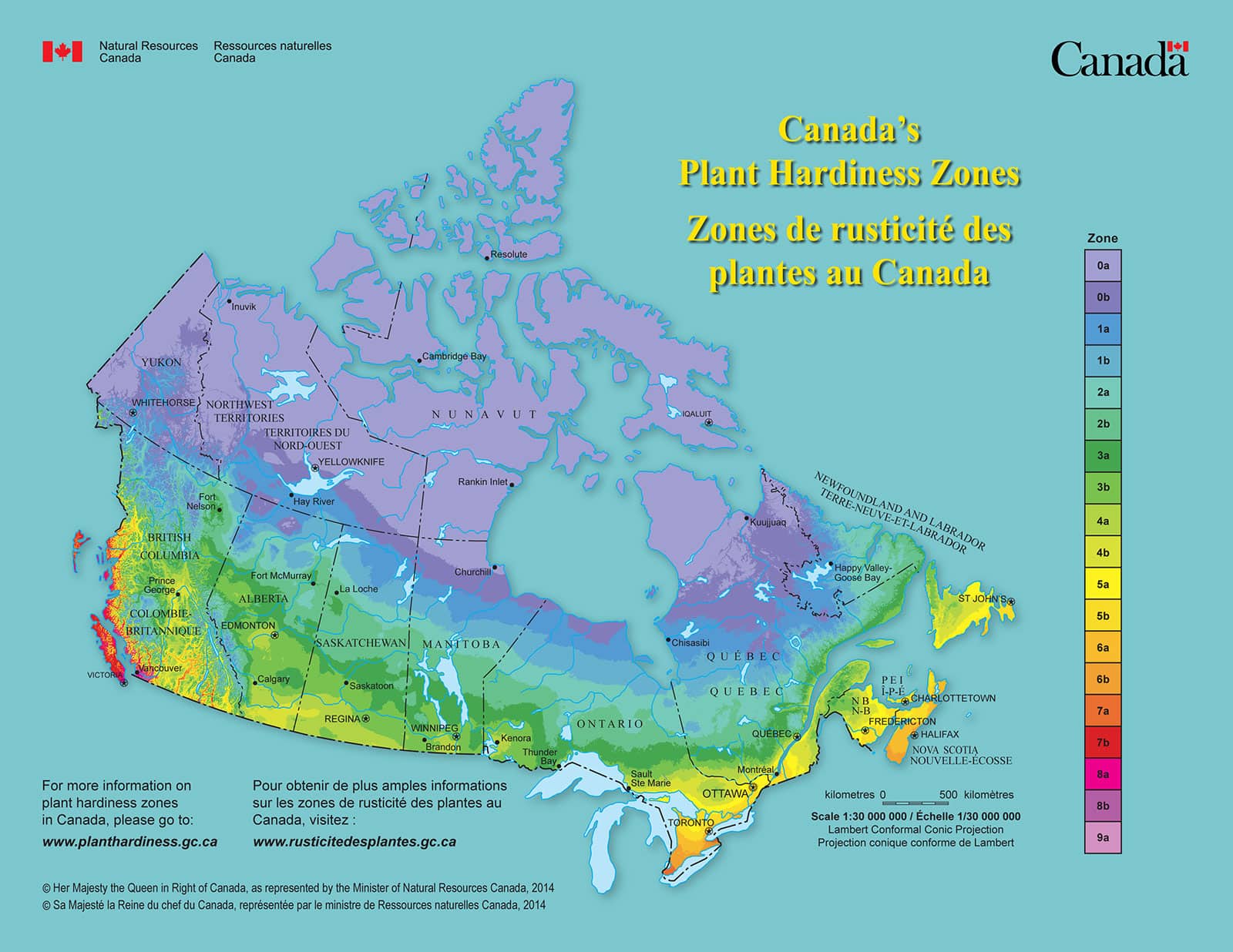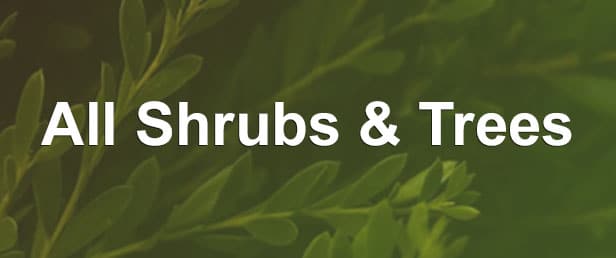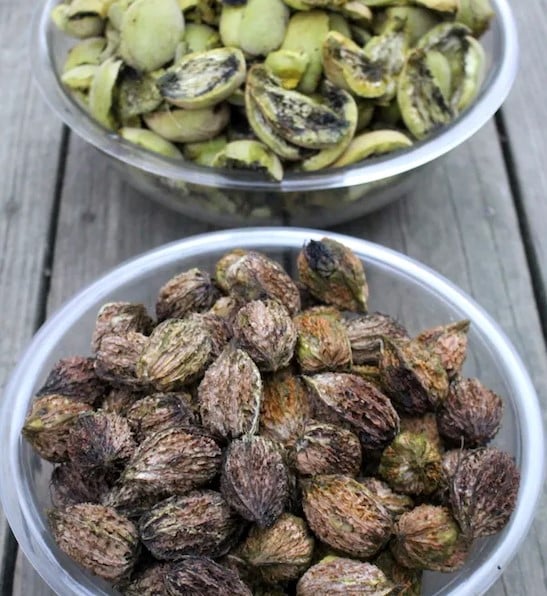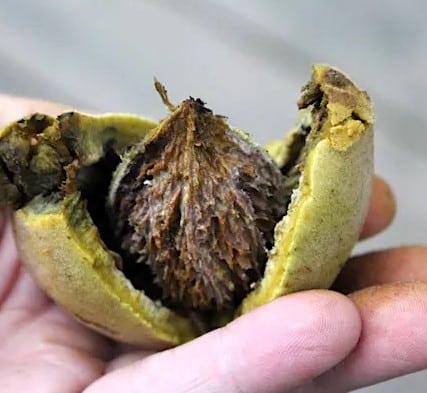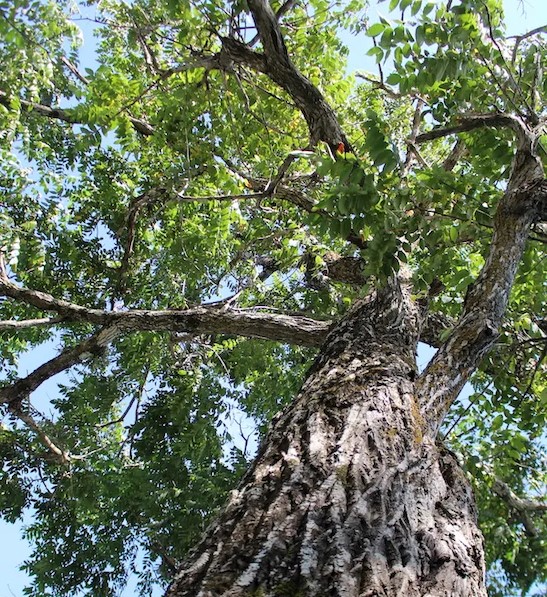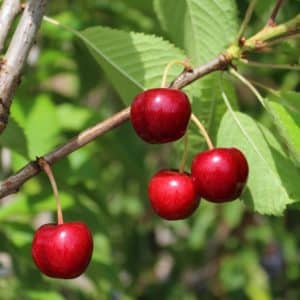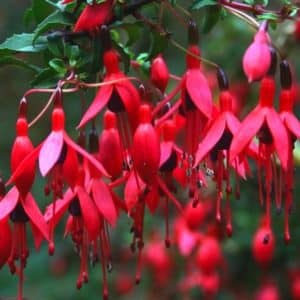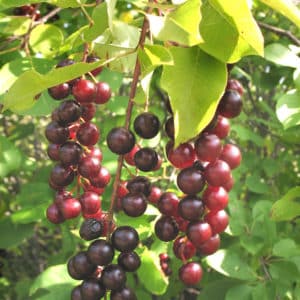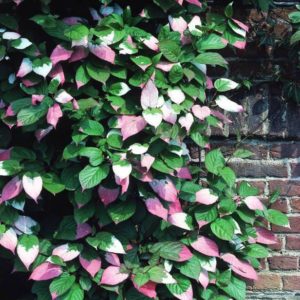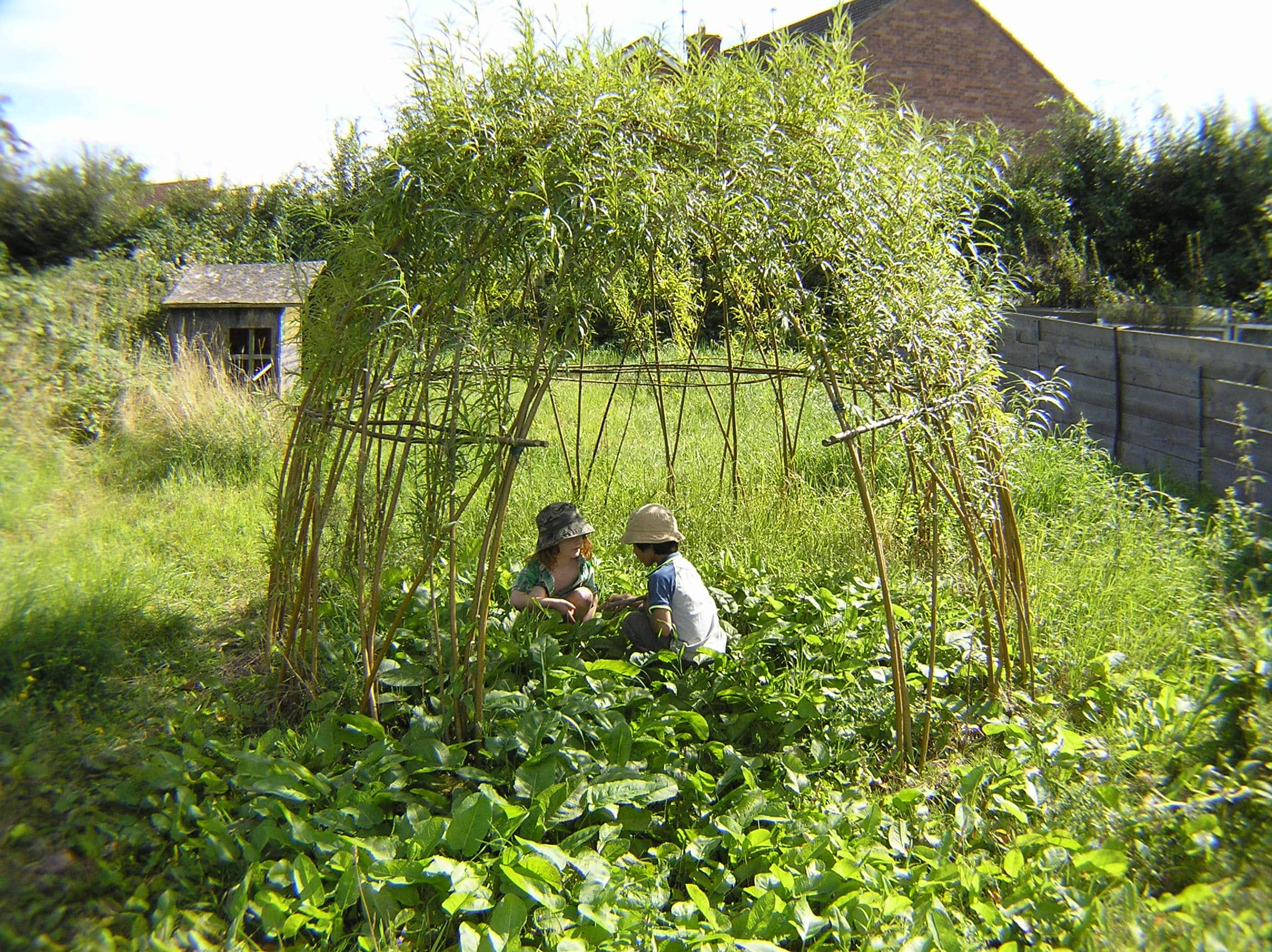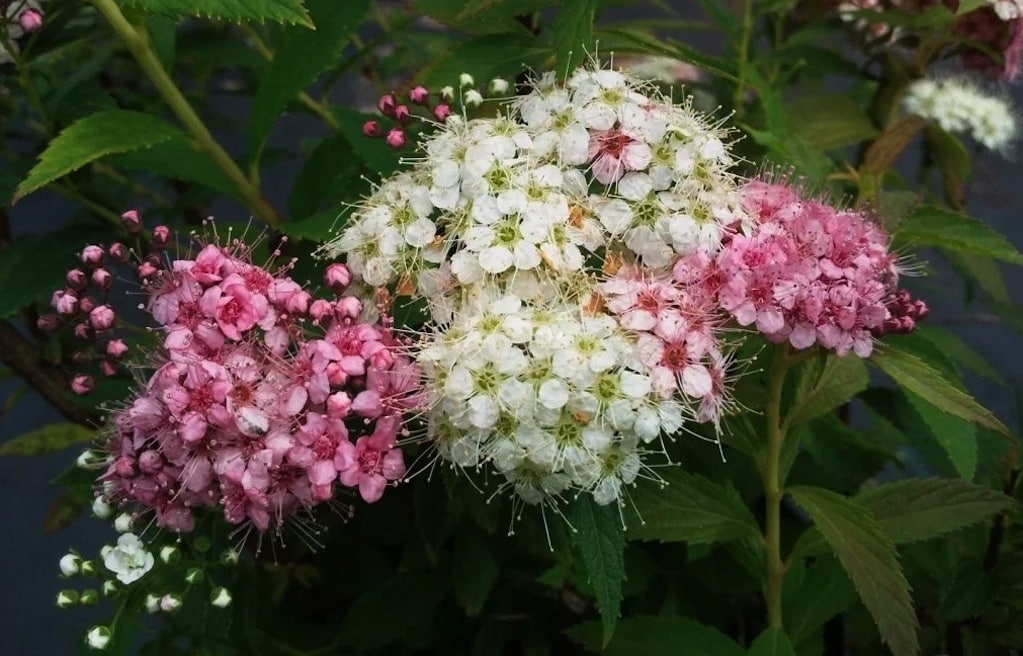Juglans cinerea
Butternut Tree, White Walnut
- Main interest:
- native, beneficial to wildlife, yellow leaves in the fall, edible nuts, elegant bark pattern
- Exposure:
- full sun
- Soil humidity:
- moist soil
- Flower colour:
- greenish yellow
- Fragrance:
- Non-fragrant
- Flowering period:
- May to June
- Foliage:
- green
- USDA Hardiness:
- zone 3a: -40 °C (-40 °F) View Zone Map
- Mature height & width (max.):
- height: 60 ft (18 m) width: 40 ft (12 m)
- Use:
- specimen, renaturalization, shade tree, edible garden
The Butternut Tree (Juglans cinerea) is a medium sized, native, deciduous tree in the Walnut family.
It has a straight trunk, and a wide rounded crown filled with long stemmed compound leaves that turn bright yellow in the fall.
Juglans cinerea produces large nuts with a green, fuzzy husk containing a single seed. The nuts are edible but should be used quickly because they go bad shortly after falling.
This native tree is beneficial food and habitat for wildlife. Not commonly grown ornamentally because of the work involved in harvesting / cleaning up the large nuts, but the white walnut tree is endangered and is often planted by native enthusiasts to restore wild populations. It is also called "white walnut" because of the light colour of its bark.
- Main interest:
- native, beneficial to wildlife, yellow leaves in the fall, edible nuts, elegant bark pattern
- Exposure:
- full sun
- Soil humidity:
- moist soil
- Flower colour:
- greenish yellow
- Fragrance:
- Non-fragrant
- Flowering period:
- May to June
- Foliage:
- green
- USDA Hardiness:
- zone 3a: -40 °C (-40 °F) View Zone Map
- Mature height & width (max.):
- height: 60 ft (18 m) width: 40 ft (12 m)
- Use:
- specimen, renaturalization, shade tree, edible garden
Synonym(s): Wallia cinerea
Also known as: White Wallnut Tree, Butter Nut Tree


